Monday, 13 May 2024
Menu

What do huge boulders thrown up by the sea have to do with archaeology? A lot more than I expected. Apart from that, today there will be a bit about pirates, caves, underwater robots and technical diving. There is no underwater archaeology in Malta, here sea and land are closely linked.
The first stop on our tour is the isthmus between Malta and Komino Island. This place is interesting for several reasons. From the point of view of the archaeology of submerged landscapes, the boulders lying on the rocky beach are very interesting. Scientists will try to establish when they were thrown out by the sea and whether this happened by the tsunami (it entered here twice) or by the waves. This information will make it possible to estimate whether there may be megalithic temples underwater or whether they were destroyed by the waves. Scientists are leaning towards the latter option.
Even yesterday’s wreck, which shifted 20 metres after the winter storms, can attest to this. However, hope lies in the sand. If it covered the sunken temples quickly enough it would save them from destruction, if not they may now be a pile of rubble stretched across the sea bed.
This place was also used by medieval and modern pirates who had their bases on Komino. It is the narrowest point between the two islands and if a merchant ship wanted to come from Africa to Sicily to resupply in Malta, it had to pass through. The narrow passage and the currents favoured attacks. For this reason watchtowers were built on the hills on both sides of the strait. Similar ones were built all over the island. They prevented attacks and also created a signalling system to warn of incoming danger from all sides. The way they worked is nicely shown in the 3rd part of the Lord of the Rings movie.
The second stop is Malta’s legendary Ghar Dalam cave. Not only have the oldest Neolithic layers dated to around 5,500 BC been found there, but also the remains of Pleistocene animals. Pleistocene animals entered Malta at times when sea levels were so low that they formed a land bridge with Sicily and the mainland. The last time this happened was 14,000 years ago. What does this mean for archaeology? Everything suggests that the island’s first inhabitants simply sailed to the island.
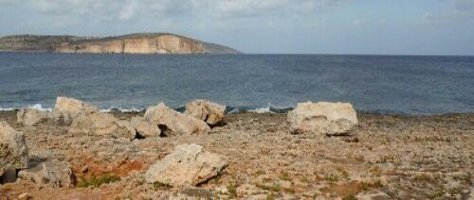
In good weather even nowadays you can see Sicily on the horizon. When the water level was lower the two islands were closer together and easier to see. How did the inhabitants of the Ghar Dalam cave get to Malta? Did they travel by canoe, reed or stave boat? The answer to this question will remain a mystery, but it must be remembered that this was not a one-off event, but a regular voyage. Numerous distant imports of obsidian or flint testify to this. But about this one could write for hours, for which there is no time.
The evening lecture is on the use of technical divers in archaeology. In Malta they usually work on documenting WW2 wrecks. Are underwater archaeology and technical diving going the same way? For the time being, archaeologists prefer robots, but technical diving is becoming cheaper and safer, so maybe in the future there will be more divers of this type during research.
The second lecture is given by a specialist in the use of underwater robots in very deep archaeological sites. Today, underwater robots can carry out underwater work as precisely as humans. From documentation to exploration to site protection. In some jobs they are even more precise than humans.
Underwater archaeology or otherwise known as maritime archaeology is not just diving. It requires a lot of strictly terrestrial research and treatment. The goal is not diving. Diving is only a means to an end. We should also remember that underwater archaeology alone cannot solve maritime mysteries. That is why interdisciplinary research like today’s analysis of seemingly unrelated boulders is so necessary. Such research can solve many of the problems that plague us.
More information on underwater.net
Source: podwodna.net


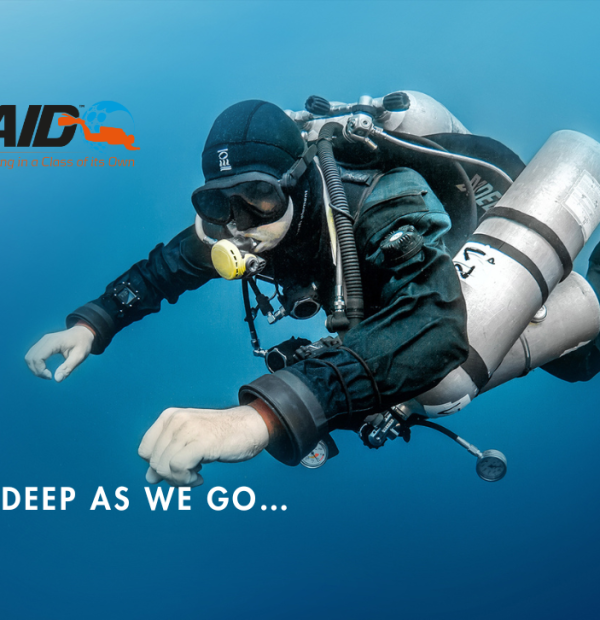


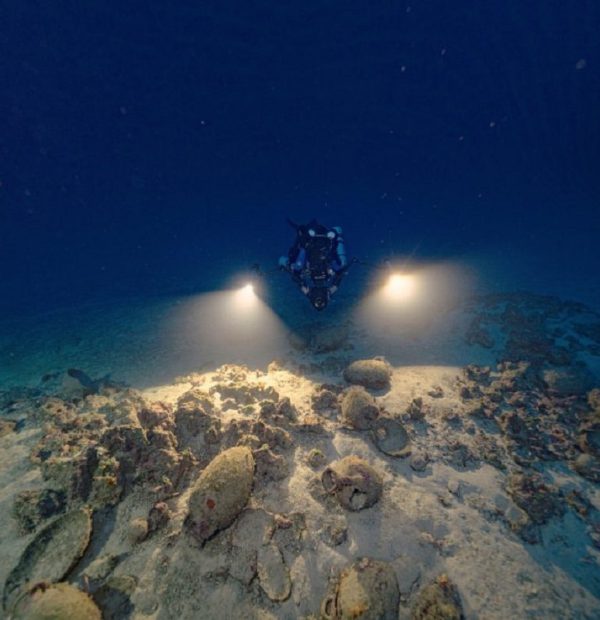
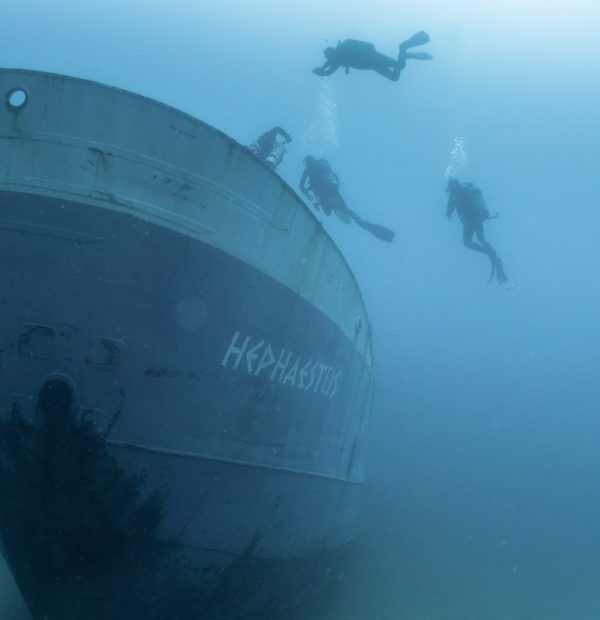

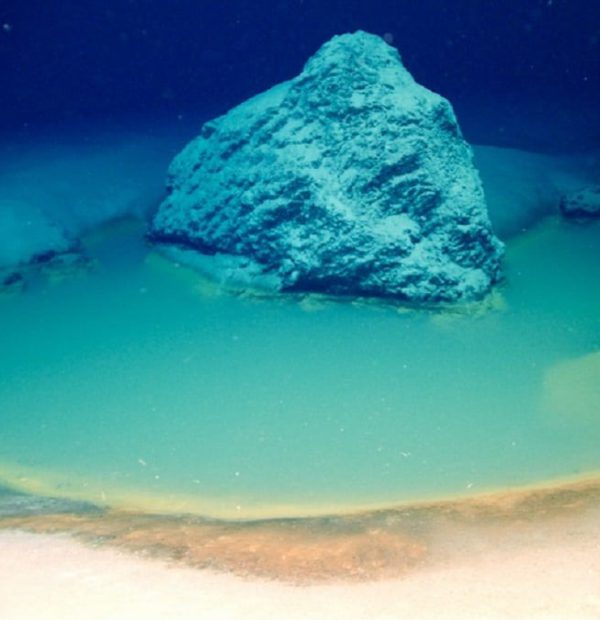

Welcome to DIVERS24.COM, your daily source of scuba news, freediving, scuba diving information, and equipment reviews. Our comprehensive coverage of the dive industry from A to Z provides you with all the latest scuba news, training updates, underwater photography tips, and everything else related to scuba diving. Whether you’re a beginner or an experienced diver looking for more knowledge about scuba gear or techniques – we’ve got it covered! With our in-depth articles written by experienced divers who have been there and done that, you are sure to find exactly what you need here at Divers24.com. Dive into scuba news today!
Underwater Media Sp. z o.o.
Szafarnia 11/F8,
80-755 Gdansk, Poland
Welcome to DIVERS24.COM, your daily source of scuba news, freediving, and scuba diving information. Sign in for a weekly news update and discount coupons for dive gear and apparel.
@2023 - underwatermedia.pl. All Right Reserved. Designed and Developed by Tworzenie stron internetowych Gdansk

The Divers24 portal is currently the largest online medium treating diving in Poland. Since 2010 we have been providing interesting and important information from Poland and around the world on all forms of diving and related activities.
Contact us: info@divers24.com